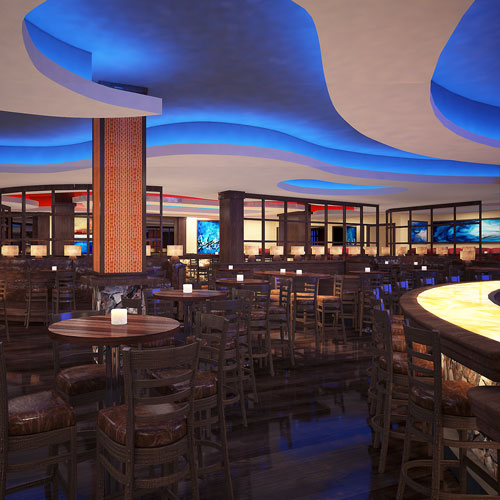What attracted you to Trespa International BV?
In two words, I saw pure opportunity. The Trespa Meteon product was not nearly as well known in the United States as it was in Europe, where the brand is synonymous with high quality. I’ve been in the building-material industry for more than 30 years and have rarely seen something so unique.
What makes Trespa Meteon so distinctive?
The sheer number of color palette options is incredible. Apart from endless color possibilities, we offer different textures and décors in our portfolio.
But it’s high-performing as well, correct?
Yes, and we’re trying to communicate the design freedom and flexibility it offers architects and engineers. A lot of people, particularly here in the United States, have the impression that Trespa Meteon is a very high-end, expensive material. It certainly can be, and many of the projects we promote are high-profile. But, in reality, we’re very flexible.
For example, in France, we do quite a bit of social-housing projects, something you wouldn’t think a high-end product would be appropriate for. But Trespa Meteon affords the design professional many options for everything from high-end building projects to multi-family housing structures. Because it’s high-performing in addition to [being] aesthetically appealing, if it’s utilized in the right way—meaning the panels are optimized correctly and we’re involved in a project early enough with an architect—we could be suitable for lower-cost housing such as Housing and Urban Development projects.

How is the material made?
Trespa Meteon is a high-pressure compact laminate with an integral surface manufactured using Trespa’s unique in-house technology, Electron Beam Curing. The blend of wood-based fibers and thermosetting resins, manufactured under high pressures and temperatures yields a highly stable, easy-to-clean and impact-resistant panel with good strength-to-weight ratios.
So it’s predominately wood fiber?
Yes, it’s about 70 percent wood fibers. It can also be delivered with FSC credits.
That must appeal to a variety of sectors in the construction industry.
It does. Right now, we’re seeing a lot of demand for recladding, which involves putting new material on top of an old building to give it a fresh, new aesthetic. The Shore Hotel in Santa Monica [in California] is a good example. It’s a relatively old resort on the water, and the owners could have demolished it, but they refurbished it instead. Because its cement exterior was in such disrepair, Trespa Meteon was a nice option, giving the property a fresh, new look that completely changed its appeal.
Is recladding where you’re focusing your marketing efforts?
In the past, we were out there promoting the product in a general sense. Now we’re taking a more focused approach. In addition to recladding, we’re doing a lot of work and advertisement in health care, from small outpatient facilities to healthcare campuses. We’re also doing quite a bit of work and directing our marketing efforts in education, from elementary schools to universities. That seems to be where the biggest opportunities are for us.
Can you tell me about some other notable applications?
You may be familiar with the Chelsea Arts Tower in Manhattan, but the National Center for Civil and Human Rights, which opened last June in Atlanta, is a great example, too. The architect used only two colors: amber, out of our standard delivery program, but the colors were metallic, and the application was unique because the panels were rotated 90 degrees. As a result, the sun reflecting off the curvature of the museum walls created the illusion of multiple shades of brown and tan. It was so impactful, we hired a drone to take visual aerial shots for a video case study to bring the visual aspects of the product out to the design community.


